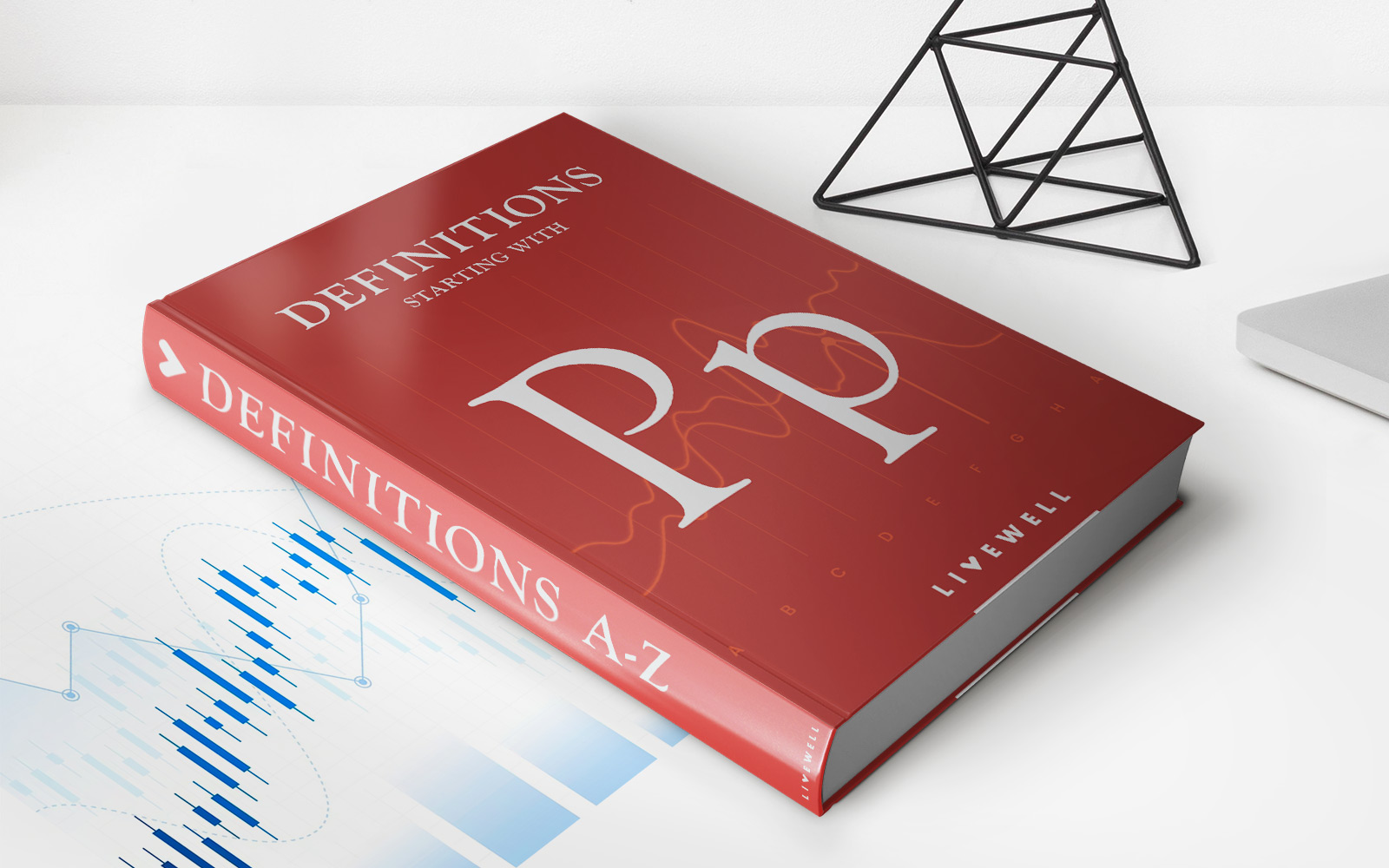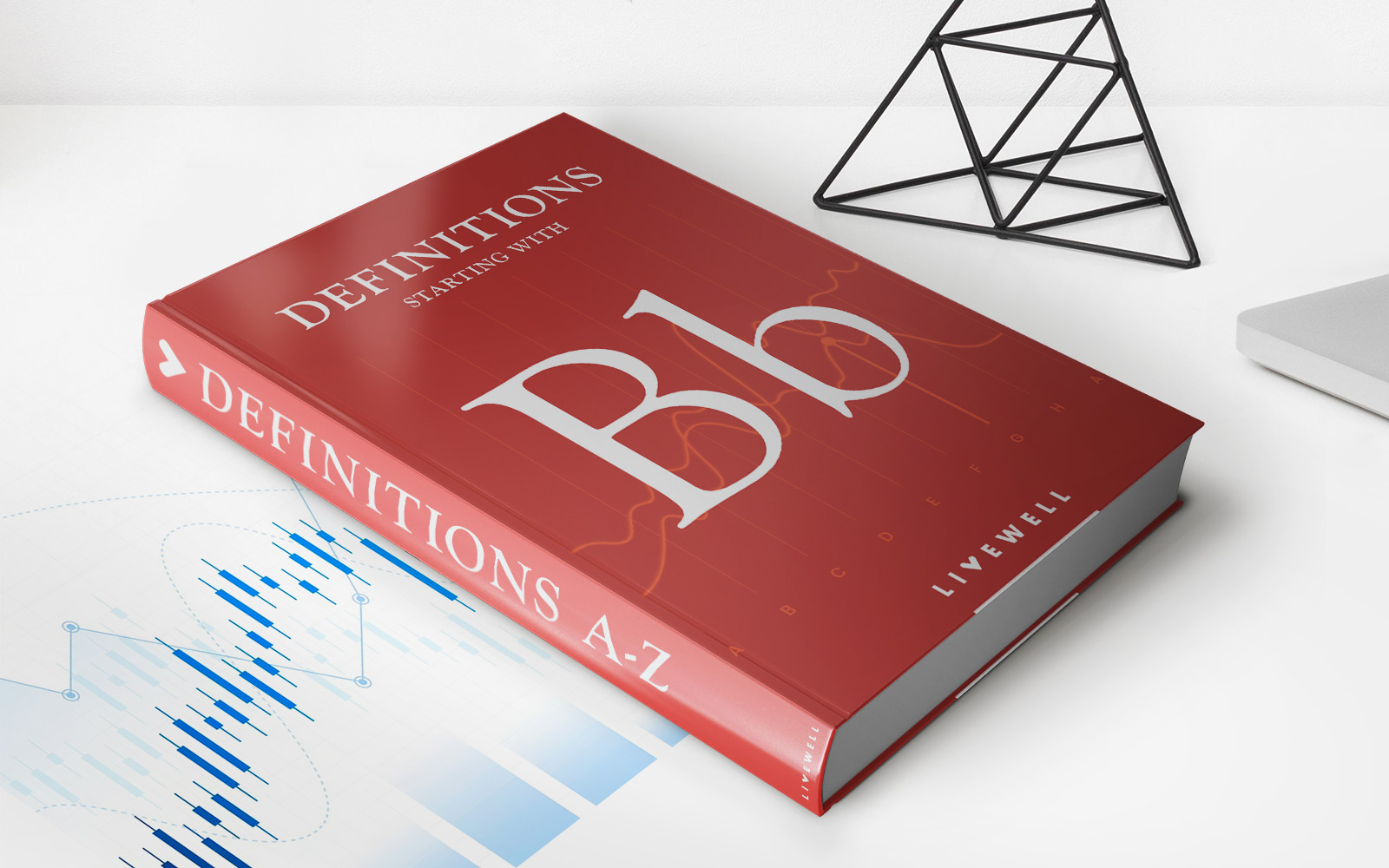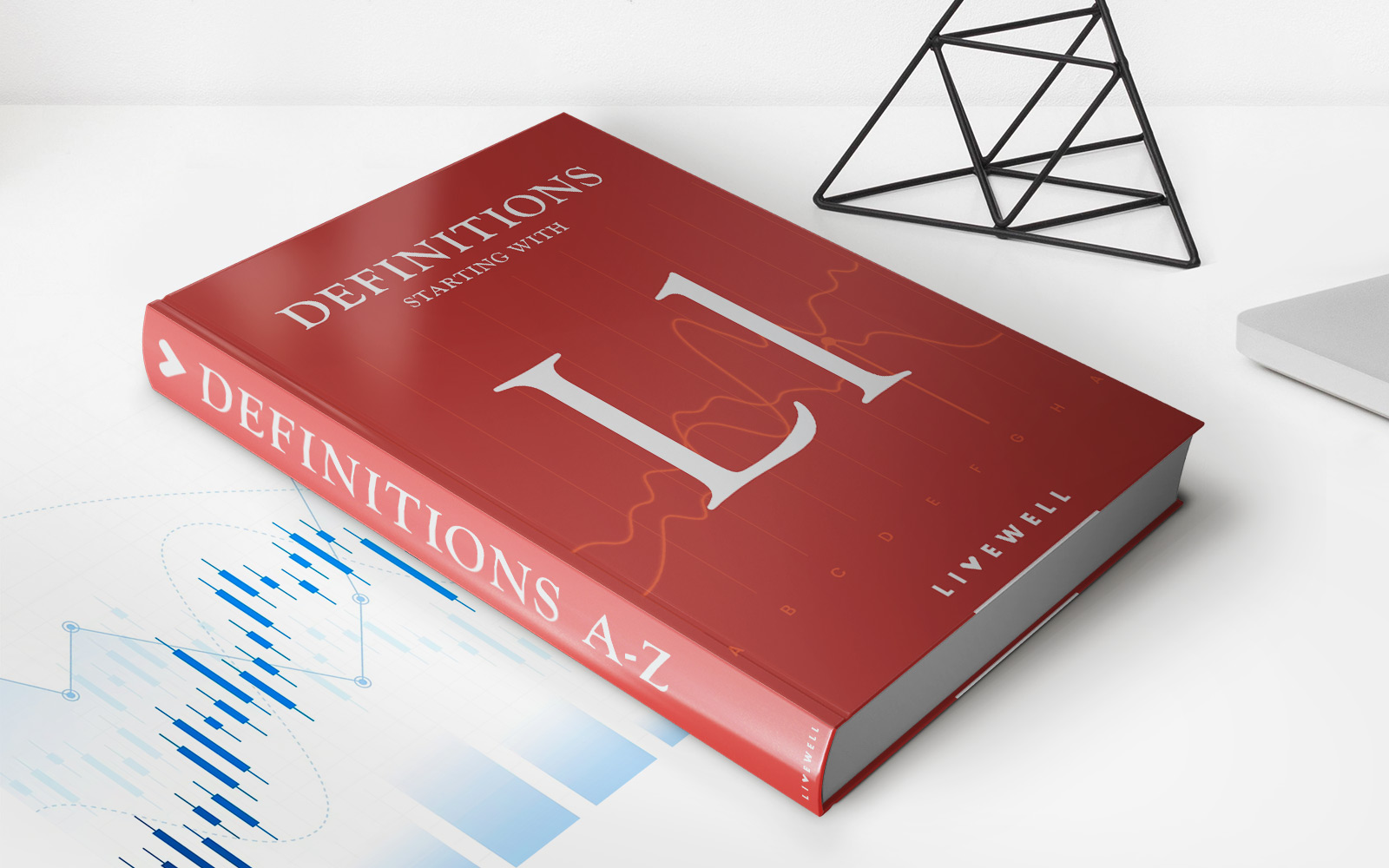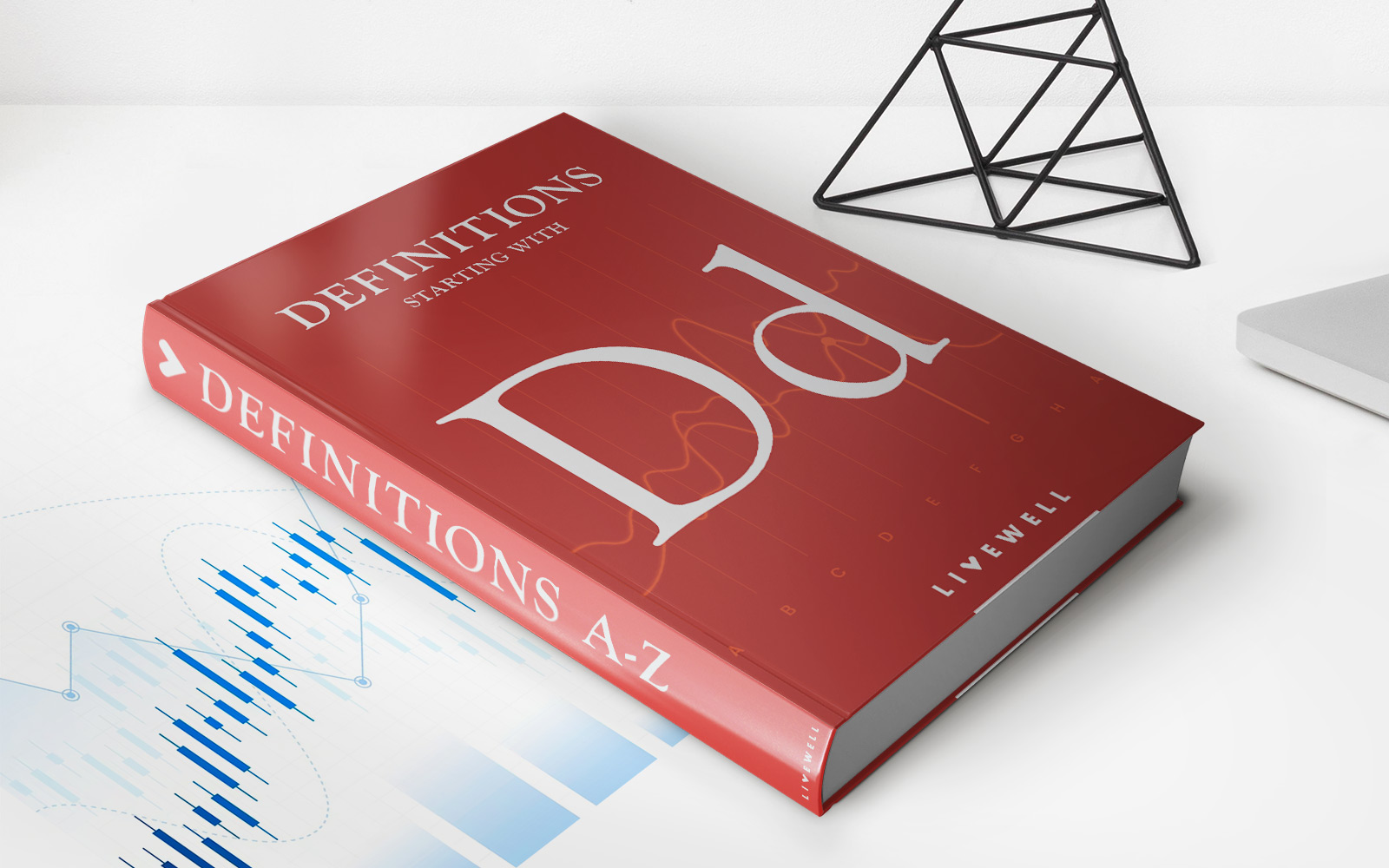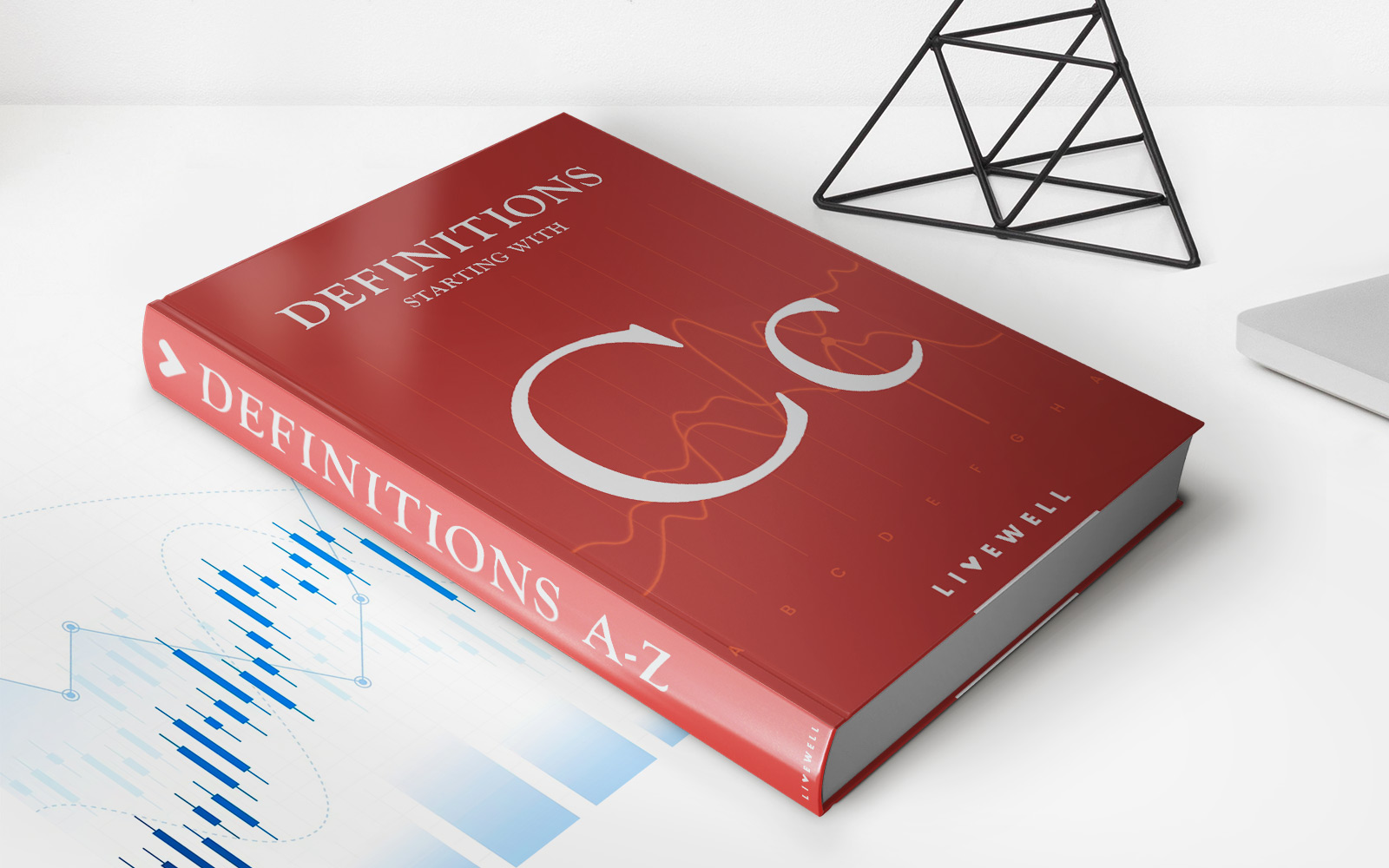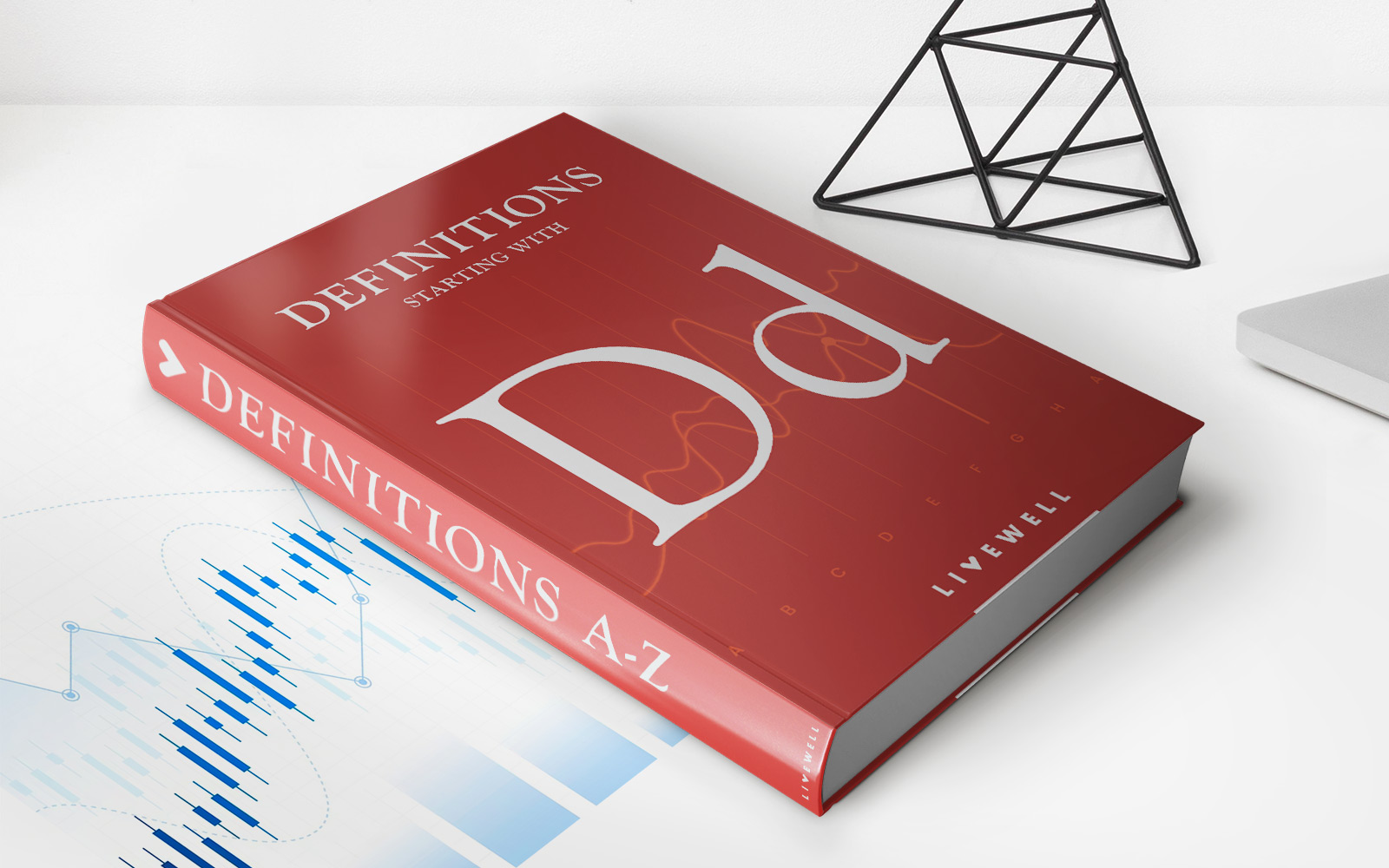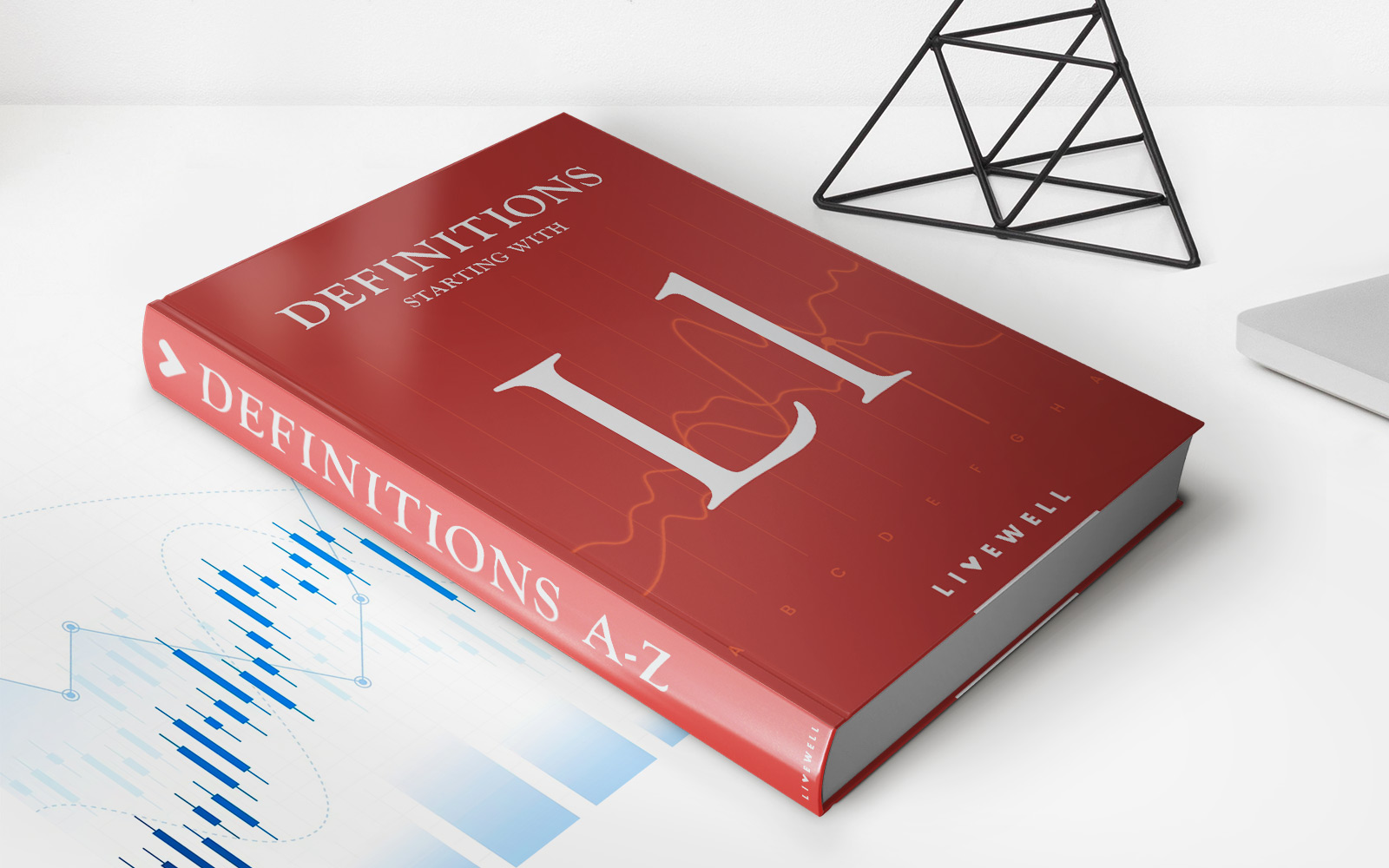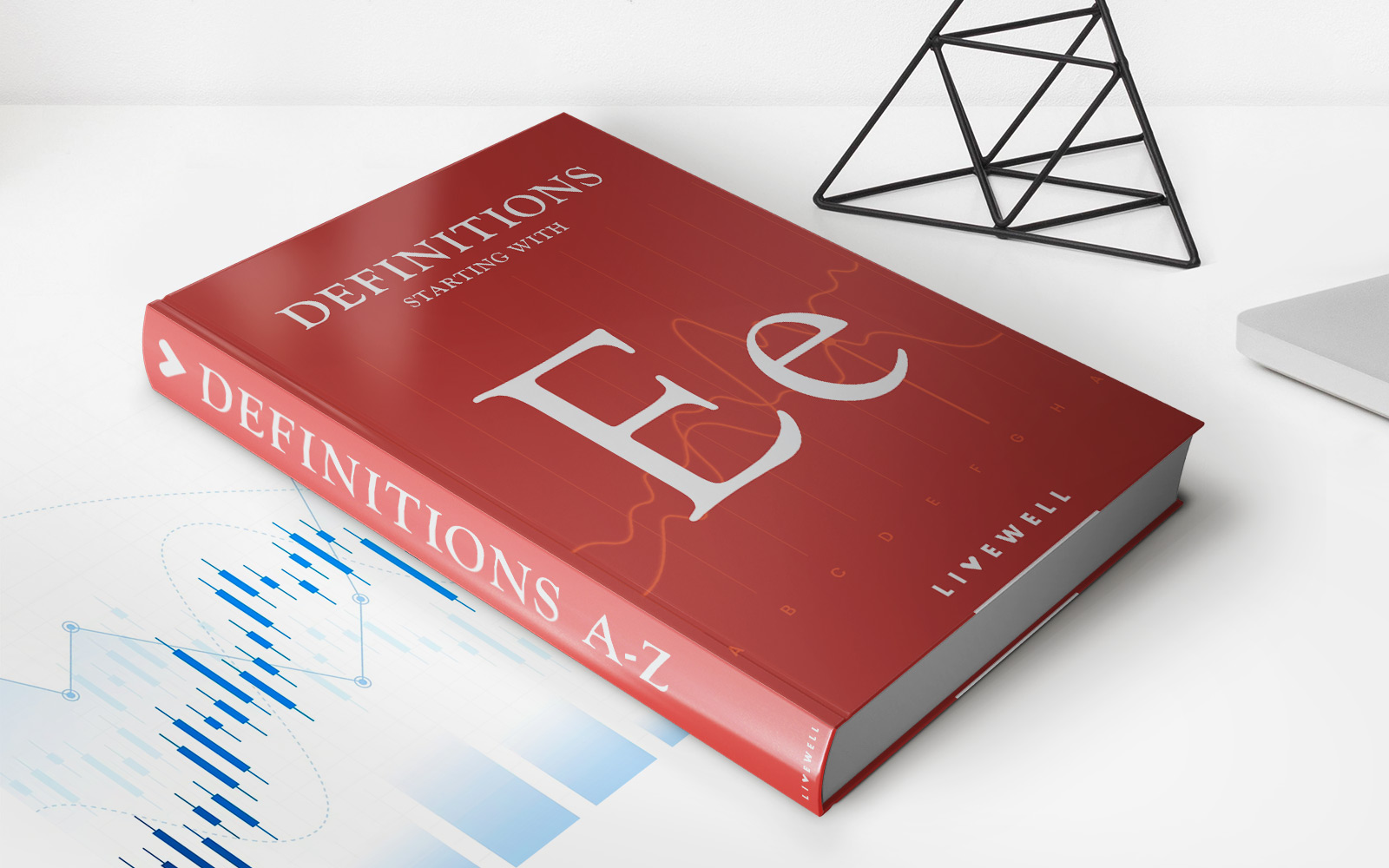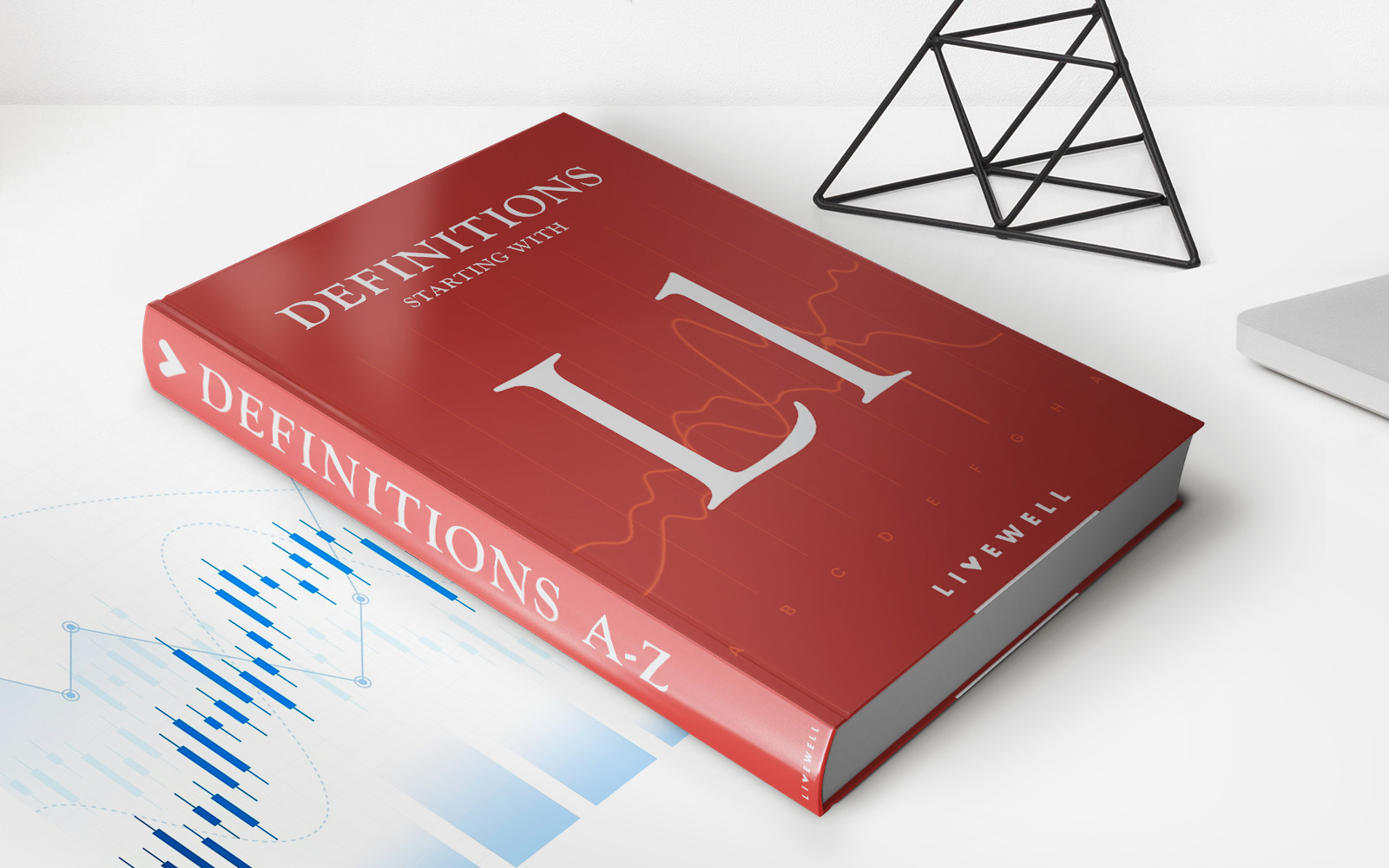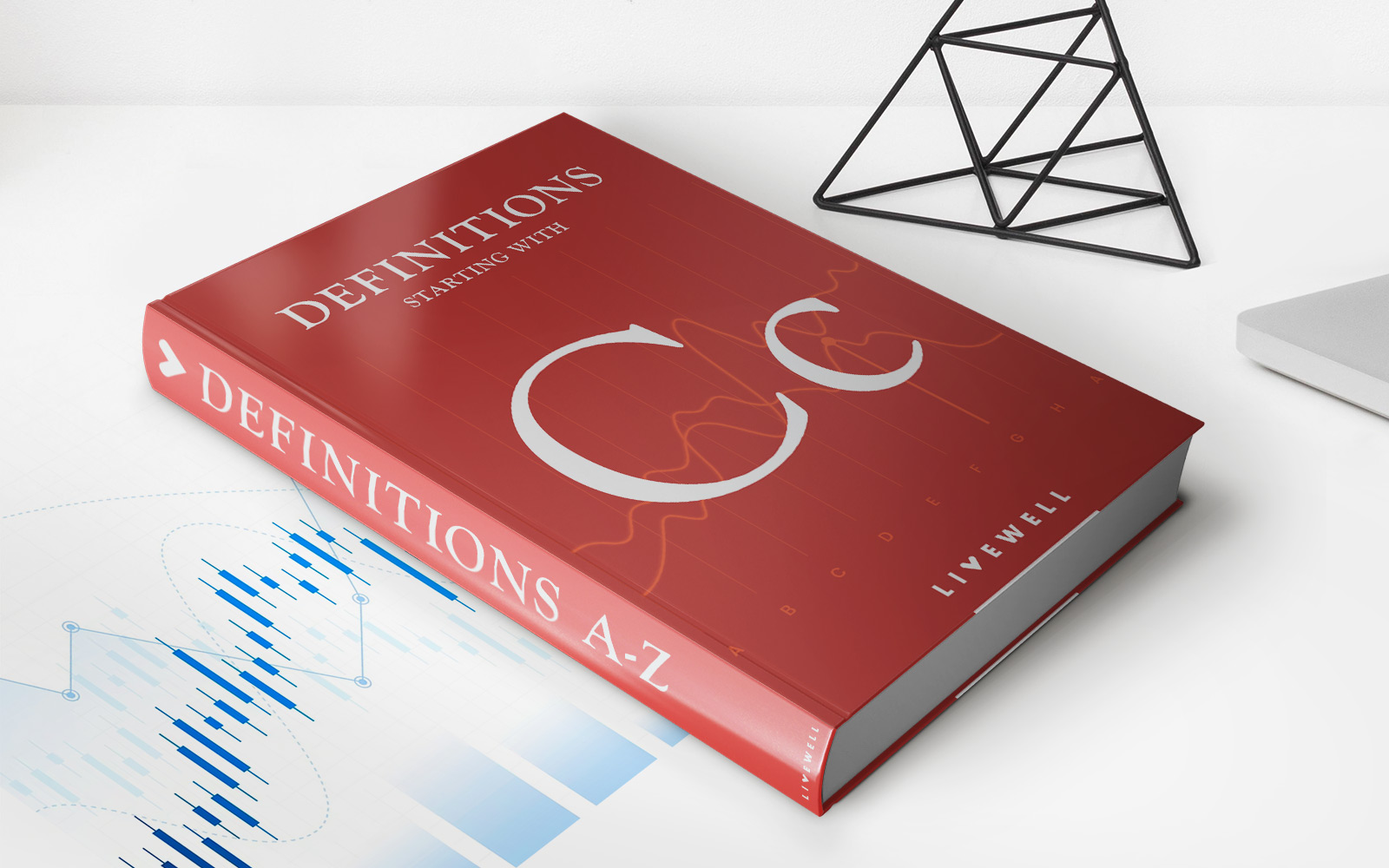Home>Finance>Loss Leader Strategy: Definition And How It Works In Retail
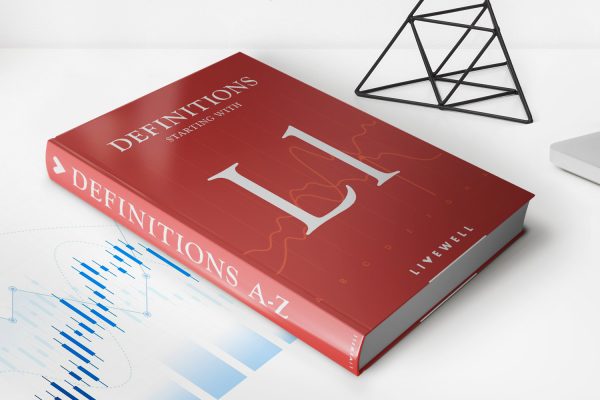

Finance
Loss Leader Strategy: Definition And How It Works In Retail
Published: December 20, 2023
Discover the definition and implementation of the loss leader strategy in retail and how it can impact financial success. Dive into the world of finance and learn the ins and outs of this effective sales tactic.
(Many of the links in this article redirect to a specific reviewed product. Your purchase of these products through affiliate links helps to generate commission for LiveWell, at no extra cost. Learn more)
The Loss Leader Strategy: Boosting Retail Revenue
Imagine walking into a store and seeing a product priced so attractively that you can’t resist grabbing it off the shelf. You may have just encountered a loss leader. In the world of retail, a loss leader is a pricing strategy where a product is sold at a price below its cost, with the goal of enticing customers to make additional purchases. But what exactly is a loss leader, and how does it work? Let’s delve deeper into this intriguing retail strategy.
Key Takeaways:
- A loss leader is a product that is intentionally sold at a price below its cost to attract customers and boost sales.
- The strategy aims to stimulate customer interest and entice them to make additional purchases while the retailer absorbs the loss on the promoted item.
Understanding the Loss Leader Strategy
In a highly competitive retail landscape, stores are constantly seeking innovative ways to attract customers and boost sales. One of these tactics is the use of a loss leader strategy. At its core, a loss leader is a product intentionally priced below its cost to serve as bait for customers. The idea is that as customers come in for the discounted item, they are more likely to make additional purchases, offsetting the loss incurred on the promoted product.
So how does a store benefit from selling a product at a loss? Let’s break it down:
- Get Customers in the Door: By offering a highly attractive price on a well-known or popular item, stores can generate buzz and attract more foot traffic. Customers are enticed by the perceived value of the loss leader, leading to increased store visits.
- Boost Sales Volumes: Once customers are inside the store, the loss leader strategy relies on the customer’s tendency to purchase additional items. While the retailer may absorb the loss on the promoted product, the hope is that customers will buy other full-priced items during their visit, making up for the initial loss.
- Build Customer Loyalty: Customers who score a great deal on a loss leader item are more likely to remember their positive shopping experience. This can lead to repeat visits, increased customer loyalty, and potentially, long-term profitability.
However, it’s crucial for retailers to carefully select the products they use as loss leaders. The item should be relevant to the store’s overall assortment and appeal to a wide range of customers. Additionally, the retailer must ensure that the loss incurred on the promoted product is outweighed by the overall increase in sales and customer loyalty.
The Risks and Limitations of the Loss Leader Strategy
While the loss leader strategy can be an effective tool for retailers, there are also risks and limitations to consider:
- Potential Losses: If mismanaged, a loss leader strategy can result in significant losses for a retailer. It is crucial to carefully analyze the numbers and assess the potential impact on profit margins before implementing this pricing strategy.
- Turnover of Customers: One potential downside of the loss leader strategy is that it may attract deal-seeking customers who are less likely to convert into regular, full-priced customers. While this can boost short-term sales, it may not lead to sustainable growth in the long run.
- Brand Perception: Offering products below cost may impact the perceived value and quality of a retailer’s brand. Customers may come to expect constant discounts, making it difficult for the retailer to sell products at full price in the future.
In conclusion, the loss leader strategy can be a powerful tool for retailers looking to increase revenue and attract new customers. By offering a highly enticing price on a specific product, retailers can generate foot traffic, boost sales volumes, and build customer loyalty. However, it’s essential to carefully consider the potential risks and limitations of this strategy to ensure long-term profitability and brand integrity.
